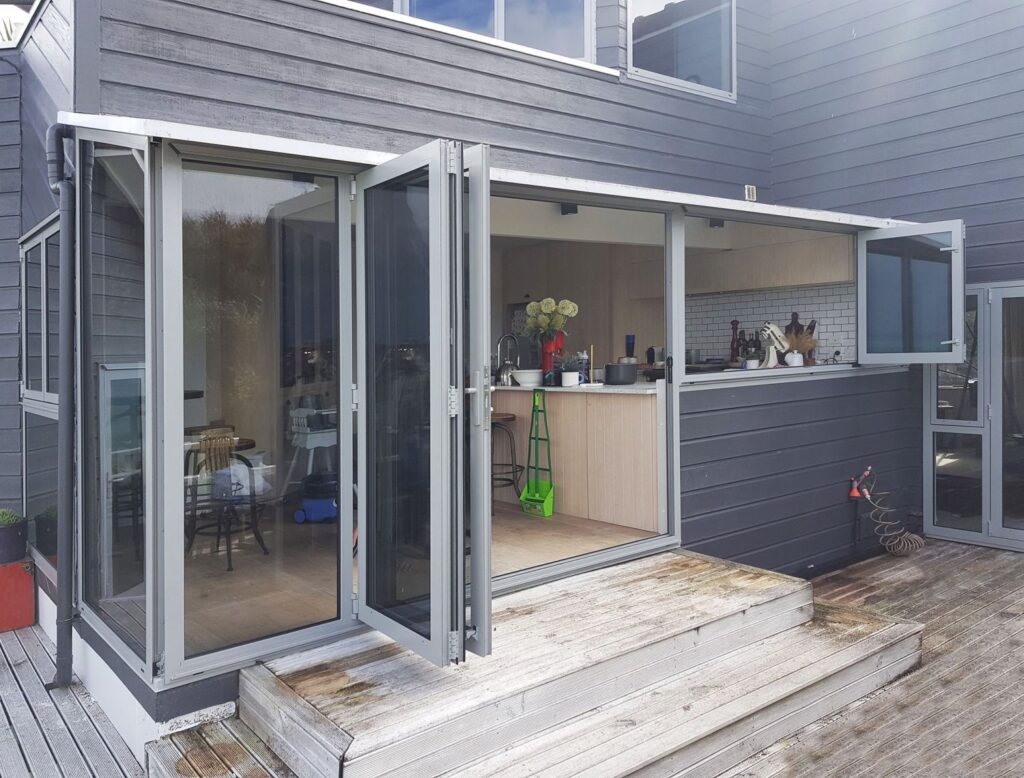In the realm of modern architecture and construction, aluminium joinery has emerged as a game-changer. Its sleek and versatile design, coupled with its numerous benefits, has made it a popular choice among homeowners and architects alike. In this article, we will delve into the world of aluminium joinery, exploring its advantages, applications, and why it has become a go-to option for contemporary building projects.
Durability and Strength
Aluminium joinery is renowned for its exceptional durability and strength. Unlike traditional wooden frames, aluminium does not warp, crack, or rot over time. It is highly resistant to weather elements such as rain, sunlight, and humidity, making it an ideal choice for both interior and exterior applications. Additionally, aluminium joinery is lightweight yet structurally robust, providing long-lasting stability to the building.
Energy Efficiency
In today’s environmentally conscious world, energy efficiency is a key consideration in architectural design. Aluminium joinery excels in this aspect, offering excellent thermal insulation properties. Its inherent ability to minimize heat transfer helps maintain a comfortable indoor temperature throughout the year, reducing the reliance on heating and cooling systems. This not only lowers energy consumption but also contributes to cost savings and a reduced carbon footprint.
Design Versatility
Aluminium joinery offers unparalleled design versatility, allowing architects and homeowners to unleash their creativity. With its sleek and modern aesthetic, it seamlessly integrates into contemporary architectural styles. The material’s strength allows for large glass panels, maximizing natural light and creating a sense of spaciousness. Furthermore, aluminium joinery can be customized to fit various configurations, including sliding doors, bi-fold doors, casement windows, and more, enabling architects to create stunning visual effects and optimize indoor-outdoor connectivity.

Low Maintenance
Another significant advantage of aluminium joinery is its low maintenance requirements. Unlike timber frames that require regular staining or painting, aluminium joinery retains its appearance and finish with minimal upkeep. A simple routine cleaning with a mild detergent and water is sufficient to keep it looking pristine. This durability and ease of maintenance make aluminium joinery a practical and time-saving choice for homeowners.
Enhanced Security
Home security is of utmost importance to homeowners. Aluminium joinery provides peace of mind with its inherent strength and robustness. The material’s structural integrity, coupled with modern locking mechanisms, offers enhanced security against break-ins and intrusions. This makes aluminium joinery a reliable option for those seeking a safe and secure living environment.
Sustainability
Aluminium is a highly sustainable material. It is 100% recyclable, meaning that it can be repurposed and reused without losing its quality or performance. Choosing aluminium joinery contributes to reducing waste and promoting a circular economy. Additionally, the manufacturing process of aluminium joinery consumes less energy compared to other materials, further reducing its environmental impact.
Acoustic Performance
Aluminium joinery also provides excellent acoustic performance, effectively reducing external noise and creating a peaceful indoor environment. This is particularly beneficial for homes located in busy urban areas or near high-traffic zones.
Conclusion
Aluminium joinery has revolutionized the field of modern architecture, offering a myriad of benefits, including durability, energy efficiency, design versatility, low maintenance, enhanced security, sustainability, and acoustic performance. Its sleek and contemporary aesthetic, combined with its practical advantages, has made it an increasingly popular choice for residential and commercial buildings alike. When it comes to creating functional and visually appealing spaces, aluminium joinery proves to be an exceptional choice that ticks all the right boxes.






